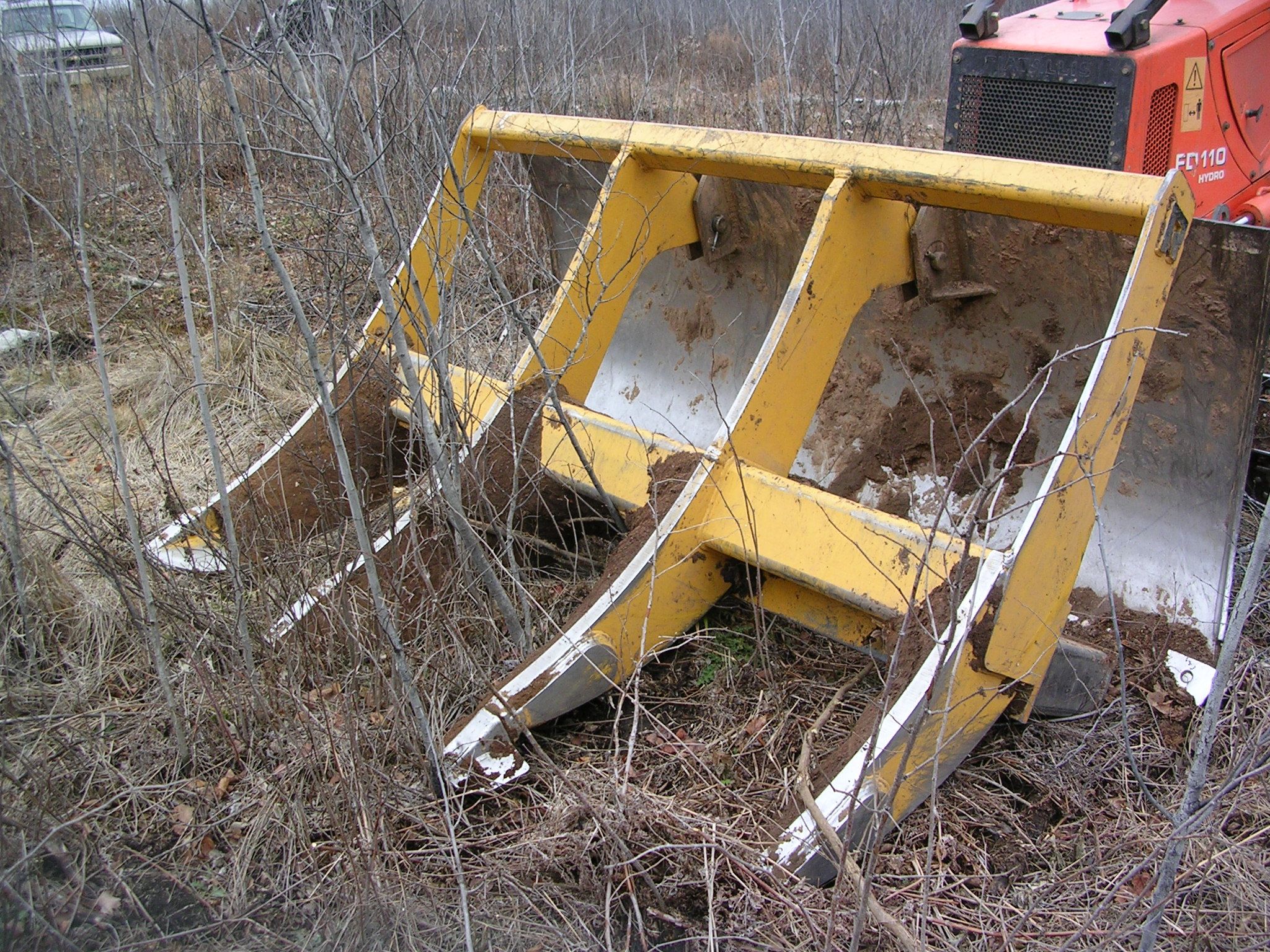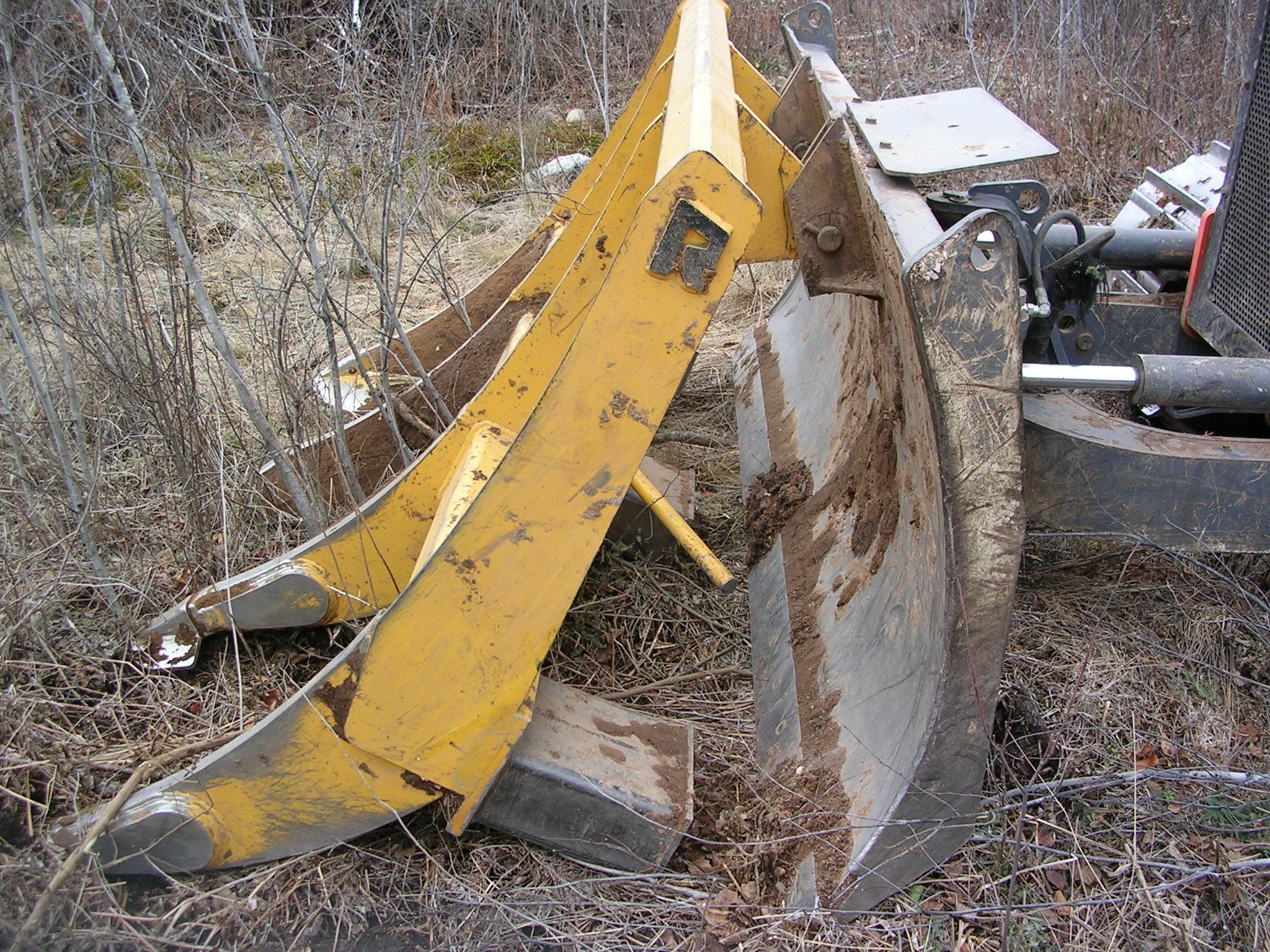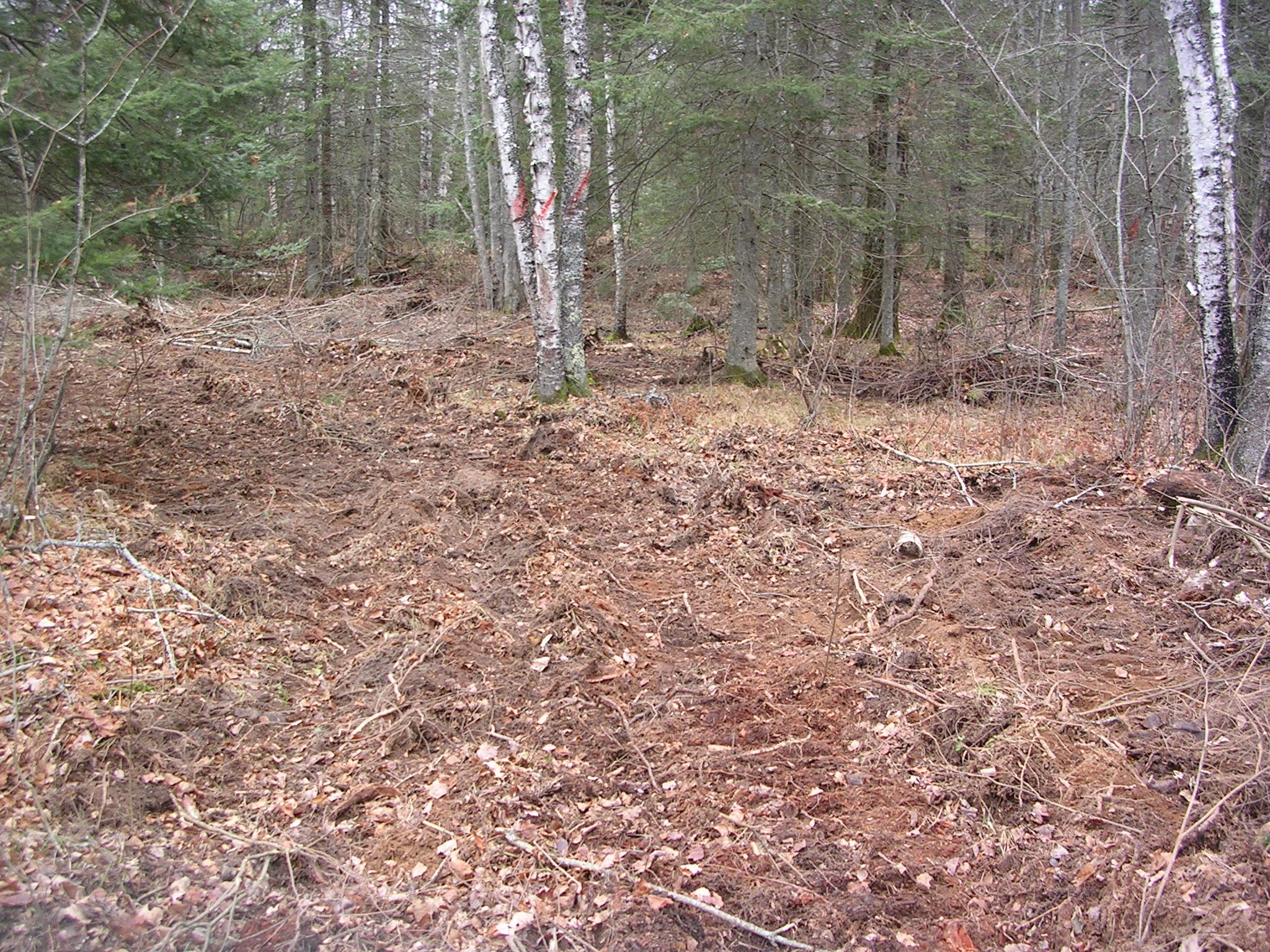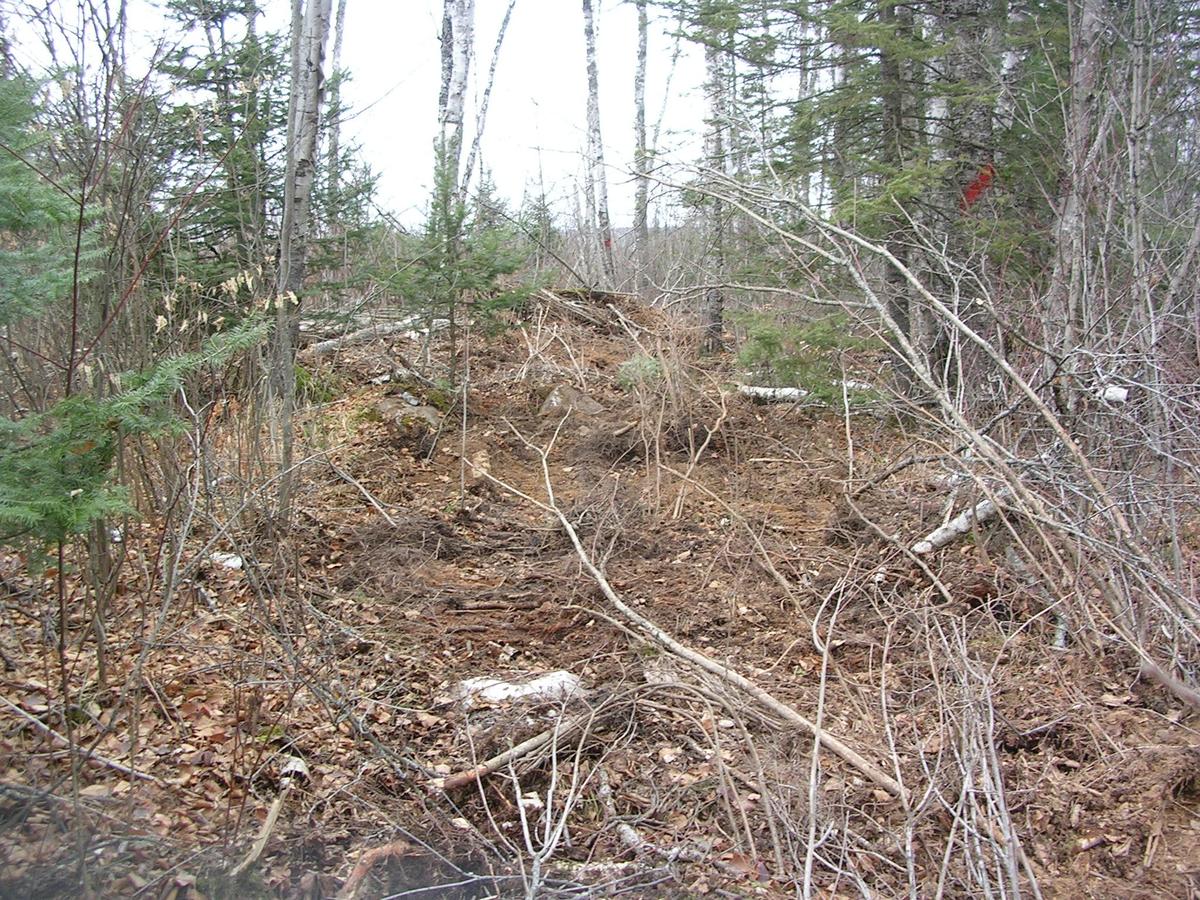Silviculture Objective(s)
Goal is to regenerate paper birch
- Minimize aspen competition by reserving mature aspen
- Control shade to prevent burn out of young seedlings,
- Mix top soil and mineral soil with pre-harvest scarification.
- Retain healthy mature birch to provide a seed source.
- Eventual removal of over story in 3 to 5 years.
Pre-treatment stand description and condition
Stand establishment and management history:
Stand was established back in the 1900's after fire came through the local landscape. Light seeded birch blew in to establish the birch stand.
Pre-treatment species composition:
Stand was predominately paper birch 12.07 cords per acre, aspen 4.27 cords per acre, and balsam fir 3.17 cords per acre. Birch was 60 to 70 years old with diameters averaging between 12 and 13 inches.
Silviculture Prescription
Seeking shade and seed trees in retaining healthy birch on site. Desired a 40% crown cover and the crown cover chart indicated leaving 41 to 47 mature canopy trees per acre to achieve this. Aspen was reserved to reduce the competition from aspen suckering. Average birch diameter was between 12 and 13 inch and required an additional 20 birch per acre to be left for seed and spacing. Only healthy birch were selected as reserve trees.
What actually happened during the treatment
Originally this sale was sold as one of our silvicultural package sales in which the purchaser of the sale was to complete silvicultural work, in this case a pre-harvest salmon blading. Department staff had toured several salmon bladed sites in Wisconsin to see the success attributed to their use of the salmon blade. The salmon blade is mounted on a small dozer and mixes the top soil with the mineral soil producing a good seed bed for germination and moisture retention. The salmon blading was completed by mid-November of 2006.


Figures 1 and 2: Close-up views of the salmon blade attachment.

Figure 3: Mixed soil and seed adjacent to permanent legacy retention.
Initial harvest was done in November/December of 2007. A chipping operation was utilized.
Informal regeneration surveying indicated significant number of birch seedlings. Final overstory removal harvest occurred in August 2012. Only one landing was allowed. Skid trail width was limited to 14 feet and to be concentrated on 2 or 3 primary trails. We also included a slash management regulation; “All residue (tops, limb, undersized and cull) must be utilized or chipped. Slash and residue cannot be piled/spread on landing area or on the harvest area. Residue and slash must be piled on St. Louis County land near the landing with seller’s permission.”
Final overstory removal included 115 cords of birch and 10 cords of maple. 90 cords of aspen were reserved at a base price of $17.67 per cord ($1590.03 total revenue lost) due to desire to keep aspen from suckering and posing competition for the birch. Literature review indicated ideal timing of final harvest would be in winter with significant snowfall to protect the young birch seedlings. For economic reasons we felt the need to offer a dry summer option due to total value of the sale as well as length of road that would need to be plowed by operator (approximately 4.5 miles)

Figure 4: Map of the harvested area.
Post-treatment assessment
A regeneration survey occurred in June of 2013 and found the following stocking levels: Paper birch 2,555 stems per acre, red maple 1776 stems per acre, aspen 2925 stems per acre, balsam fir 537 stems per acre, and white spruce 37 stems per acre.
Plans for future treatments
After completing the final harvest (Liberation cut) in August 2012 no additional treatment is expected for this stand until review for future harvest in approximately 60 years.
Costs and economic considerations
A number of costs need to be considered. The cost of setting up and administering a second sale (liberation cut) rather than merely one clear cut harvest need to be incorporated. It is estimated that this cost could run between $1600 -$2500. The opportunity cost of not selling the aspen (90 to 115 cords) $1590 - $2037 should be included. The salmon blading of the site was contracted out at a cost of $150 per acre totaling $4050. Further consideration needs to be given to the fact that our base price for aspen is $17.67 per cord while for birch is only $5.04 per cord. Future base prices are uncertain and it should also be noted that the county had received public input that more birch on the landscape is desired. We were directed to find areas where birch regeneration could be successful.
Summary / lessons learned / additional thoughts
Adaptive forest management is the key to accomplishing goals. The original sale was sold and not harvested requiring a resale. Economics sometimes limits the best practices as was the case in timing of the liberation cut to include a dry summer option rather than snow covered depth conditions.


